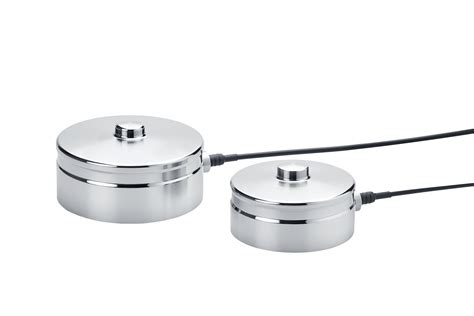
Hx711- A HX711 and Load Cell Guide
Introduction to Load Cells and HX711 Load cells are electromechanical transducers that convert force or weight into an electrical signal. They are widely used in[…]
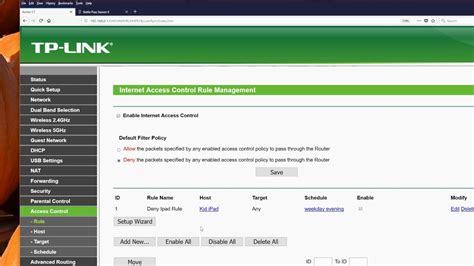
Raspberry Pi Disable Wi-Fi: 7 Ways You Can Turn Off Raspberry Pi Wi-Fi
Method 1: Using the graphical user interface The easiest way to Disable Wi-Fi on your Raspberry Pi is through the graphical user interface. Here’s how[…]
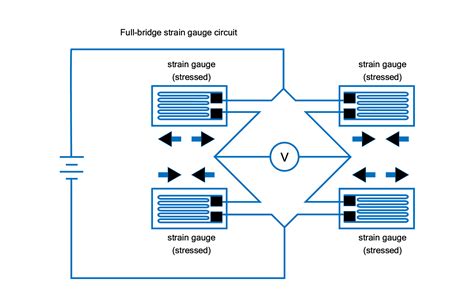
Strain Gauge Load Cell: Usage, Construction, Working Principles, and Types
Introduction to Strain Gauge Load Cells A strain gauge load cell is a highly accurate and versatile force measurement device widely used in various industries,[…]
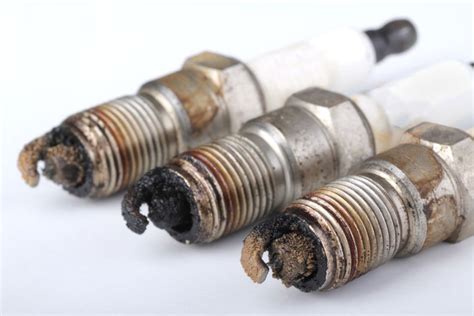
Remove Corrosion: Way of Removing Corrosion From Various Electrical Components
Understanding Corrosion Corrosion is a chemical reaction that occurs when a metal surface is exposed to certain environmental factors, such as moisture, air, or chemicals.[…]
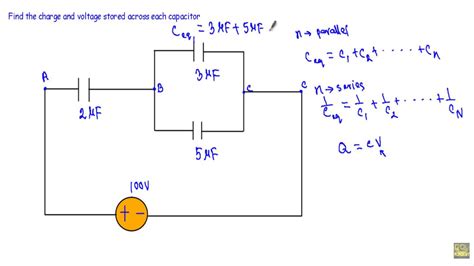
Capacitor on Circuit Board: A Comprehensive Guide
What is a Circuit Capacitor? A circuit capacitor is a passive electronic component that stores electrical energy in an electric field. It consists of two[…]
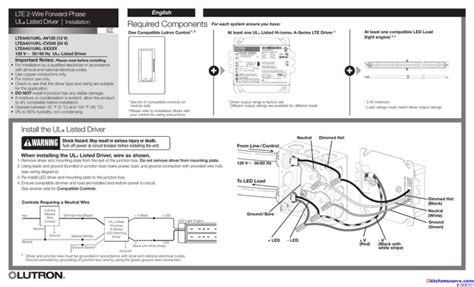
THT Mounting: The Only Guide You Need
What is THT Mounting? THT (Through-Hole Technology) mounting is a method of mounting electronic components on a printed circuit board (PCB) where the leads of[…]
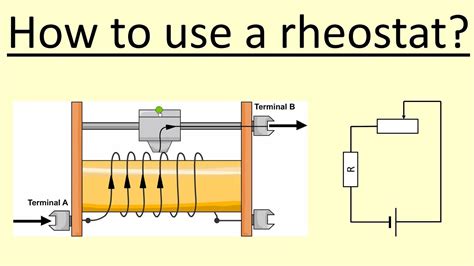
What does a Rheostat do: Functionality And Differences From The Potentiometer
Understanding the Rheostat: A Variable Resistor A rheostat is an electrical component that functions as a variable resistor, allowing for the precise adjustment of resistance[…]
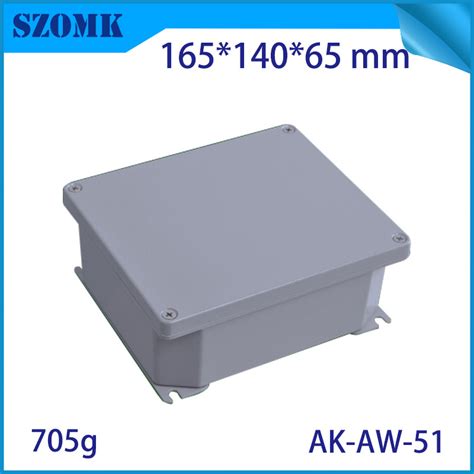
Waterproof PCB: Everything You Need to Know
What is a Waterproof PCB? A waterproof PCB, also known as a water-resistant PCB, is a printed circuit board designed to withstand exposure to water[…]
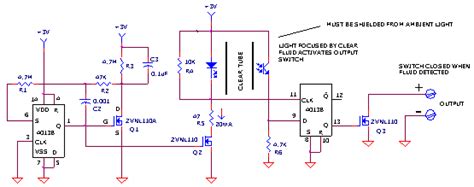
Sensor Circuits: A Complete Guide
What are Sensor Circuits? A sensor circuit is an electronic circuit that incorporates one or more sensors to detect and measure physical quantities and convert[…]
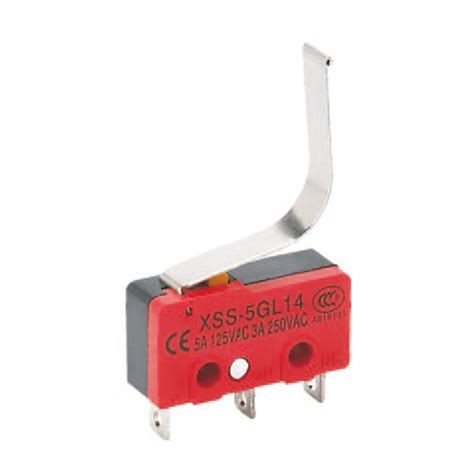
Micro Switches Types: Varieties of the Precise Snap-Action Change-Over Switches
What are Micro Switches? Micro switches are small, highly sensitive switches that operate based on a snap-action mechanism. They consist of a movable actuator, a[…]